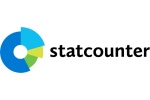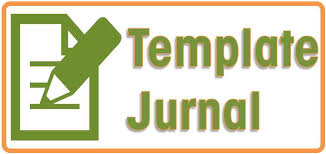PENDEKATAN DALAM TAFSIR (Tafsir Bi Al Matsur, Tafsir Bi Al Ra`yi, Tafsir Bi Al Isyari)
Abstract
Interpreting the verses of the Qur'an cannot be done freely because it will bring the understanding of the Qur'an to be biased everywhere so that it is not in accordance with what is intended by law makers (maqasid al-syari '). Often the verses of the Qur'an have various meanings even though they come from one verse, but these diverse meanings must be interpreted based on the available interpretive methods. There are three forms of interpretation methodology as the basis for interpreting the Qur'anic verses, namely the bi al Matsur Interpretation, bi al Ra'yi, bi al Isyari. Interpreting the al-Matsur method means interpreting the Qur'an by using the verse of the Qur'an itself, with the hadith, and the fatwa of friends (sahabat). Interpretation with ra'yu means interpreting the verse of the Qur'an based on ratio or reason which is often referred to as an interpretation based on ijtihad. The interpretation of al-isyari is closer to the takwil or gives a verse interpretation not by zhahir al-ayat but through signs given by the verse. These three forms of interpretation have special rules that must be guided in interpreting the verse of the Qur'an so that the interpretation of the verse of the Qur'an is released from error.
Keywords
Full Text:
PDFDOI: https://doi.org/10.24952/yurisprudentia.v4i2.1504
Refbacks
- There are currently no refbacks.
Copyright (c) 2019 Yurisprudentia: Jurnal Hukum Ekonomi

This work is licensed under a Creative Commons Attribution-NonCommercial-ShareAlike 4.0 International License.
Yurisprudentia: Jurnal Hukum Ekonomi diterbitkan Institut Agama Islam Negeri Padangsidimpuan Fakultas Syariah dan Ilmu Hukum
Jl. T. Rizal Nurdin KM 4,5 Sihitang Padangsidimpuan
e-mail : yprudentia@gmail.com
ISSN CETAK: 2442-6822
ISSN ONLINE: 2580-5134

This work is licensed under a Creative Commons Attribution-NonCommercial-ShareAlike 4.0 International License



